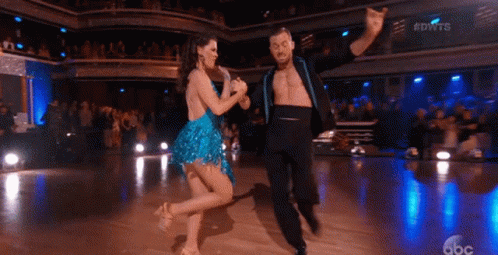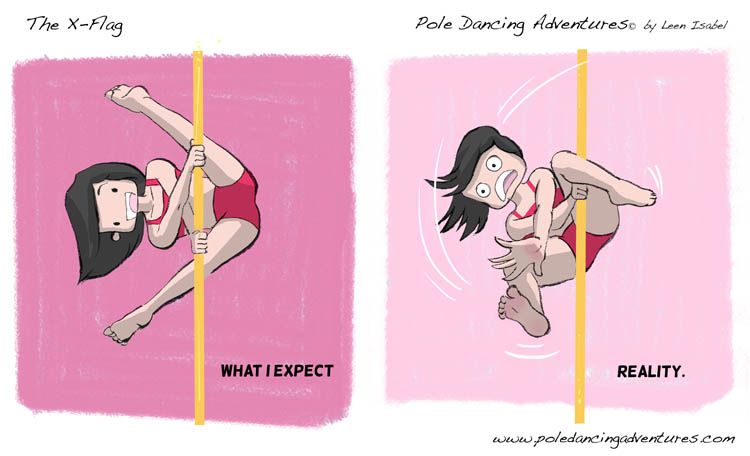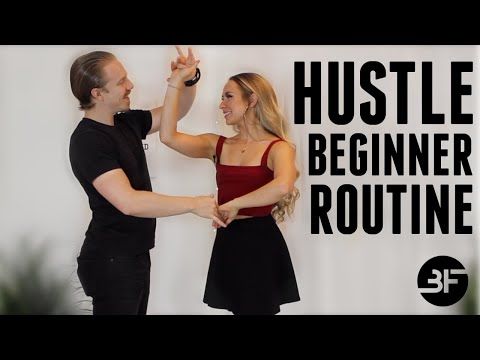How to announce money dance at wedding
What Is the Money Dance Tradition?
Have you attended a wedding reception that included the money dance? Did you wonder why guests were showering money or pinning bills on the couple and lining up to dance with them?
What Is the Money Dance?
The money dance is a cultural tradition at many wedding receptions where guests offer the newlyweds money to dance with them, or they shower the couple with money. The custom is to help establish the couple in their new life together, or to show how much they are loved and appreciated.
For a couple whose heritage includes the money dance, it still may be a difficult decision to include it or not. They worry that guests may see it as an overt ask for money. But if you can communicate that it's a cultural celebration, and an excellent way for guests to interact with the bride and groom, you may want to include the dance. Even if both of you don’t share the same traditions, it can be a memorable way to unite the two families.
“Couples put a lot of consideration into incorporating cultural traditions like the money dance into their special day,” says luxury wedding planner Kate Murtaugh. “Because their guests may be unfamiliar with it, their guests should be informed ahead of time as to their traditions.” Learn the history and meaning behind this tradition, as well as an overview of the dance in different cultures.
The History and Meaning of the Money Dance
The money dance is also called the dollar dance, money spray, or apron dance. Performing the money dance varies across the cultures which practice it. There is no definitive source to reference as to when it started or which country or culture was first to initiate it as part of a wedding celebration.
Variations of it are popular in Poland, Greece, Nigeria, Philippines, Samoa, Fiji, Tonga, Portugal, Cuba, Latin America, Mexico, Eastern Europe, and other cultures. Naturally, immigrants brought their customs with them to America, so the dance is part of many wedding celebrations in the U.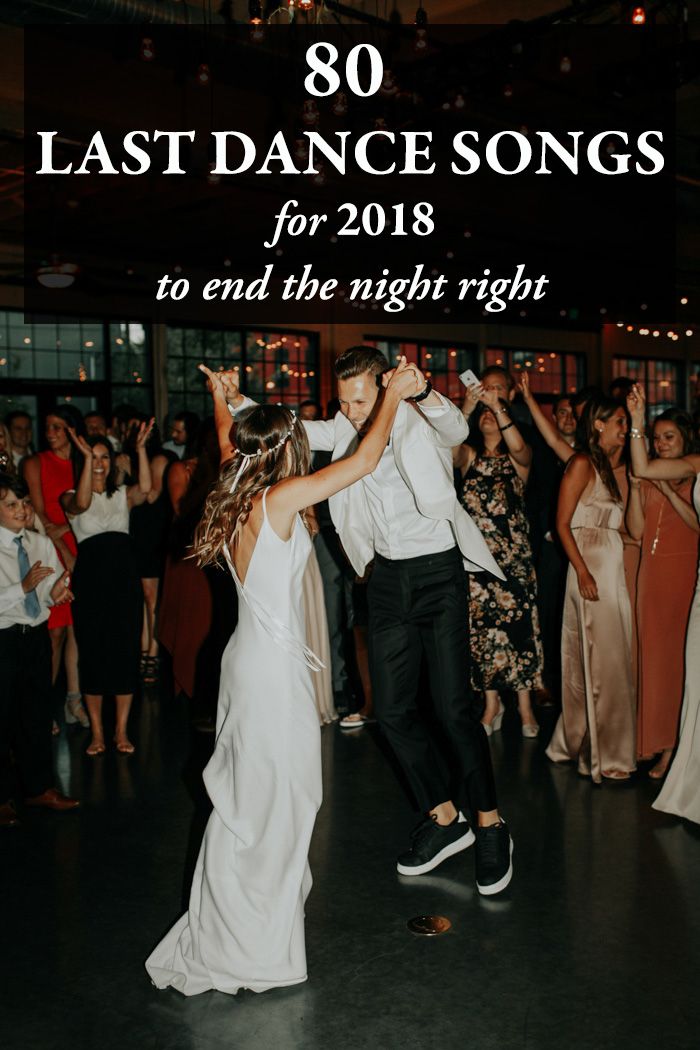 S.
S.
“We’ve planned the money dances for our Nigerian, Filipino, and Polish clients' weddings,” says ILE Events founder Alicia Mae. “It's always the fun part of the night where everyone is cheering, dancing, and celebrating. The difference between the money dances is the way each culture offers the money and why.”
The money is usually the local currency of the country in which the couple resides.
The Money Dance in Different Cultures
Polish Apron Dance
All of the guests line up to dance with the bride and offer money to the newlywed couple, which is collected into a special apron held by the bride's father. The Pani Mloda Polka song is played. After dancing with the bride, you receive a drink, usually a shot of spirits.
Nigerian Money Spray
Originated by the Yoruba people in Nigeria’s Southwest, it's is a tradition loved by many Nigerians. Money Spraying symbolizes a showering of happiness, good fortune, and a display of the guest's affection for the couple.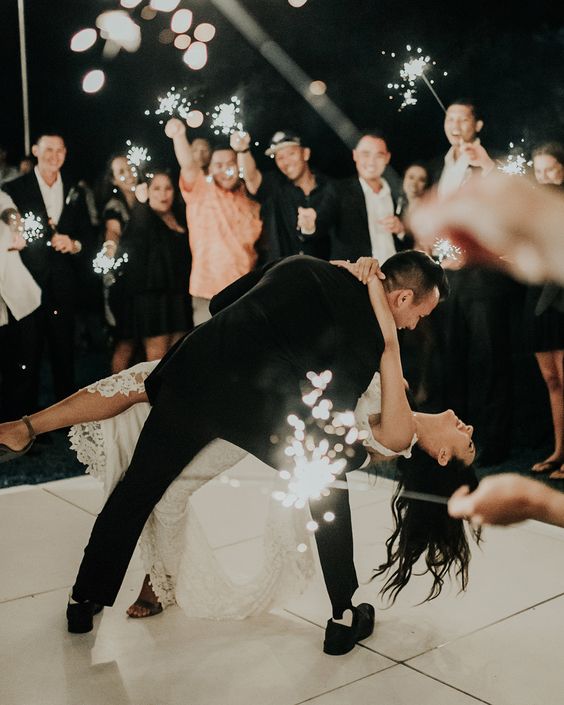 The bride and groom are ushered in and dance behind the wedding party. Guests encircle the couple on the dance floor and come forward, placing bills on the couple's forehead, allowing them to “rain down.”
The bride and groom are ushered in and dance behind the wedding party. Guests encircle the couple on the dance floor and come forward, placing bills on the couple's forehead, allowing them to “rain down.”
“At a Nigerian wedding reception, the bride and groom are dressed in traditional attire,” says Swank Soiree Weddings and Events founder Christy Record. “For the Yoruba tribe, the bride wears Iro and Buba and the groom wears an Agbada. As the money is sprayed, 'collectors’ take the cash from the floor and place in bags for the couple.”
Filipino Money Dance
Male guests line up in front of the bride to pin money on her dress while the women pin money on the groom. The pinning can get creative with bills pinned together as garlands, made into crowns, or streaming down their clothing. This “decorating” can take a while if there are a lot of dancers, and guests take turns dancing with the bride and groom.
Portuguese Money Dance
Historically, the dance was for male guests to line up and dance with the bride. Today bridesmaids and female guests also dance with the groom. The father of the bride usually begins by dancing with his daughter while the mother of the groom dances with her son. The bride takes off her shoes and puts them in the middle of the dance floor, where guests take them to pass around collecting money the dance.
Today bridesmaids and female guests also dance with the groom. The father of the bride usually begins by dancing with his daughter while the mother of the groom dances with her son. The bride takes off her shoes and puts them in the middle of the dance floor, where guests take them to pass around collecting money the dance.
Greek Money Shower
In the smaller villages in Greece, there is an old tradition of pinning money to the bride's dress at the reception during a special dance. In America, this tradition is more of a money shower. When the couple dances near, the guests will toss a whole wad of bills to help them get established in their new life.
“The traditional money dance with the pinning of bills is not as widespread in Greek-American communities as it once was, especially here on the West Coast,” says Peter Corvallis Productions President and Creative Director Maria Corvallis. “I have only seen it as a showering of bills as the couple dances near or comes to each table.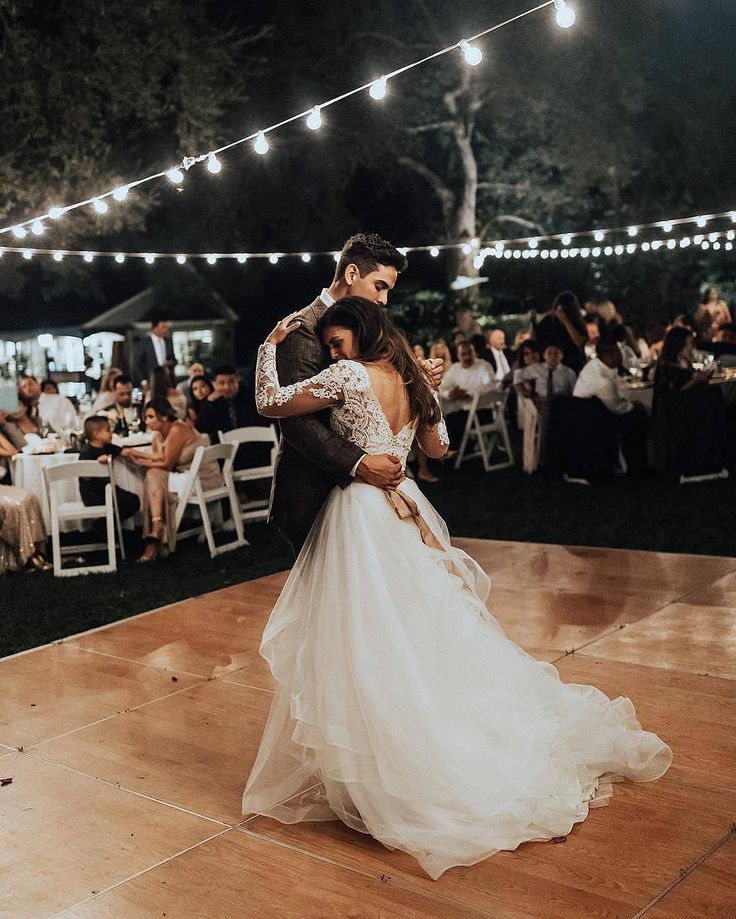 ”
”
14 Greek Wedding Traditions You Need to Know
Cajun Money Dance
In Louisiana in the Southern U.S., Cajuns trace their ancestry to the French Acadian exiles who were expelled by the British from what is now called Nova Scotia, Canada. Most settled in rural Southern Louisiana. Their descendants, called Cajuns, still live in Louisiana and a Cajun wedding usually includes the money dance. Traditionally guests pinned money on the bride’s veil to dance with her. Today the groom is also pinned for a dance to lively Cajun music.
Modern Money Dance Ideas
As revered as the tradition of the money dance is, you may want to freshen it up. Our experts have some ideas for you:
- Borrow from the Polish tradition; after the guest dances with you, the waiter can offer a small shot of premium alcohol like Crown Royal.
- If pinning the money onto clothing is your custom, consider changing into a second outfit to avoid ruining your gown or tux.
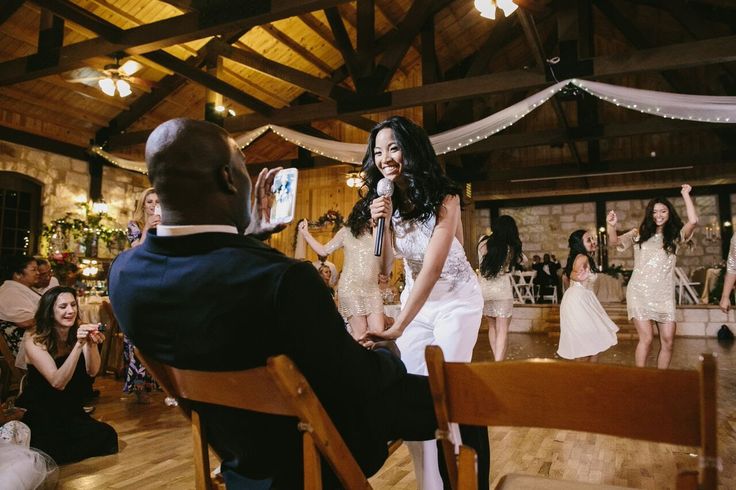
- After playing the traditional song, be creative. One DJ created a song mix with the word “money” in the hook. But keep it tasteful.
- While the Portuguese tradition is to pass the bride's shoes around the room for contributions, consider a second pair of less expensive shoes for the money collection.
- Couples may prefer to celebrate this tradition by merely dancing together while their loved ones throw money at them in celebration of their new life together.
- If you don't want money as part of your dance, substitute little love notes written by each guest to toss at you when you dance by their table. Have them collected and take home for when you need inspiration and a little love.
The 65 Best Dollar Dance Songs to Make It Rain at Your Reception
Weddings - Dollar Dance Instructions | Event Type Discussion*
Djcarolina
New DJ
- #1
Well, I did my searching both on here and on youtube and despite the dollar dance thread i found, i'm still unclear on how to actually go about accomplishing this game.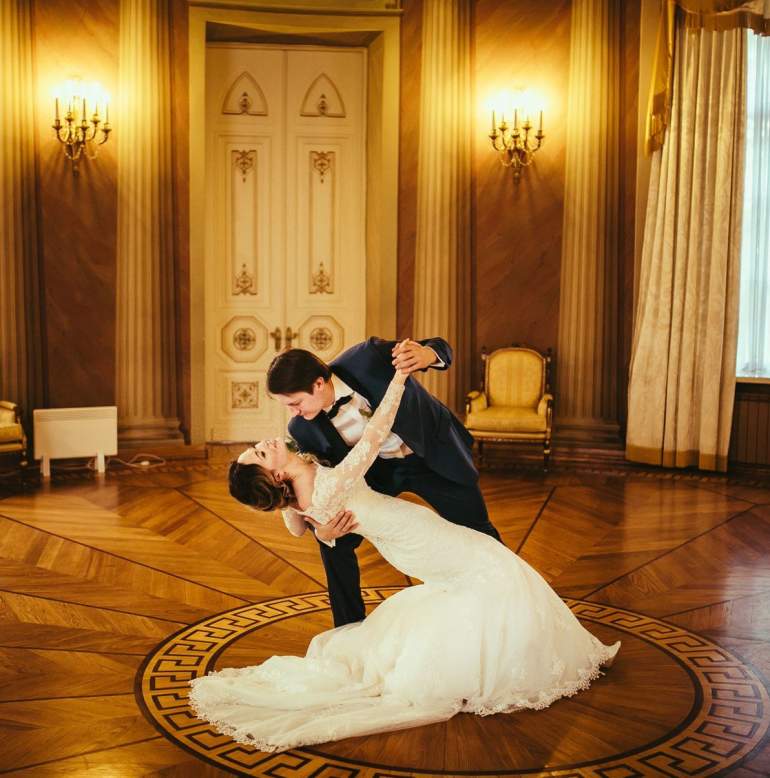
Thus far I've never had a request for one of these dances before and they don't seem to be terribly popular here in SC, but I have a wedding coming up next friday that the bride and groom would like to have a dollar dance.
Is there anyone out there willing to give some detailed instructions on how you go about announcing and carrying-out one of these dances? If so, I'd GREATLY appreciate it!
Thanks so much!
See full signature
Ryan Neal-Owner
Party on Wheels Entertainment
www.partyonwheelsent.com
djsarge
DJ Extraordinaire
- #2
Tell them it's a waste of time unless they KNOW their guests will participate.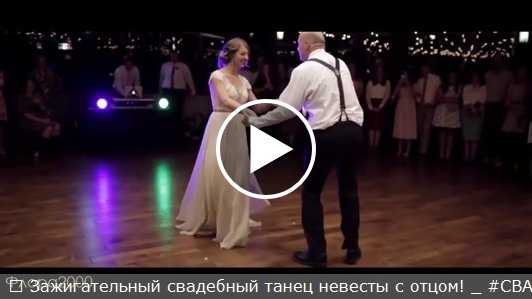
See full signature
Hampton Thomas
Special Occasions Entertainment
540-869-5103
[email protected]
www.specialoccasionsdj.com
Djcarolina
New DJ
- #3
djsarge said:
Tell them it's a waste of time unless they KNOW their guests will participate.
Click to expand...
Come on now you know as well as I do that I can't tell my clients that.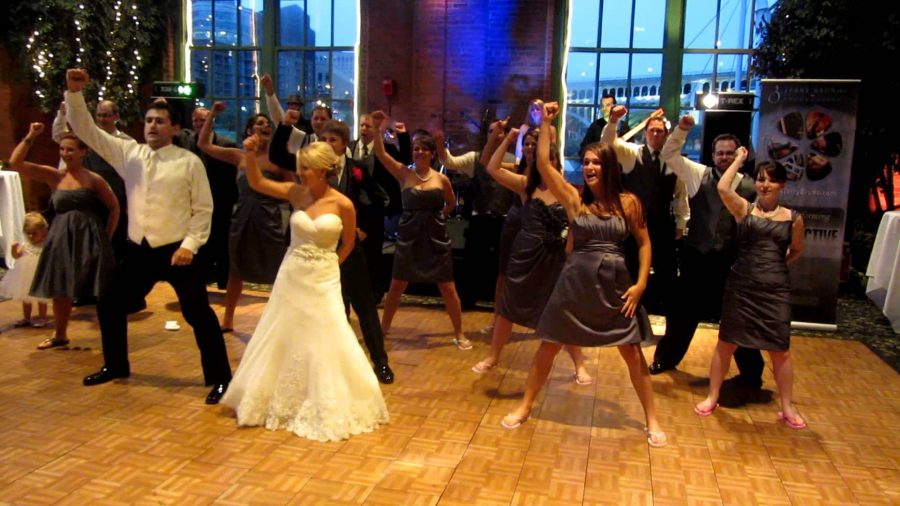 Especially not having agreed to and added it to the schedule.
Especially not having agreed to and added it to the schedule.
See full signature
Ryan Neal-Owner
Party on Wheels Entertainment
www.partyonwheelsent.com
Jon Tuck
RIP Brother. You will be missed.
- #4
it is a very old tradition. some places they have the best man and maid of honor stand at the corners of the dancefloor sort of as traffic cops and also to recieve the offerings from each dancer.
You explain this in your intro and inform the traffic cops that big donations will allow the dance to last a bit longer. I would rotate long enough for most to get a short dance maybe 20 seconds and perhaps up to one minute for a big spender. inform the cops ahead of time of these details perhaps with a phone call or during dinner if you can get them to come discuss details with you.
I would rotate long enough for most to get a short dance maybe 20 seconds and perhaps up to one minute for a big spender. inform the cops ahead of time of these details perhaps with a phone call or during dinner if you can get them to come discuss details with you.
Jokes can be made mentioning that you have been informed that the bride and groom are set up for those who didnt bring cash and accept Debit, Credit or Paypal. Make it your own though as we all have our tricks we use that work for us.
I usually would mesh two to three songs hoping to conclude it within that time period. Some have mentioned Polish ones lasting 20-30 minutes.
I am thankful that here in BC it is not kosher so to speak to ask for more than the gifts put on the table. They do have a envelope for folks to put money or gift cards in on occasion.
Good luck. There are alot more resources for detail online through the Big G.
See full signature
http://mudjs.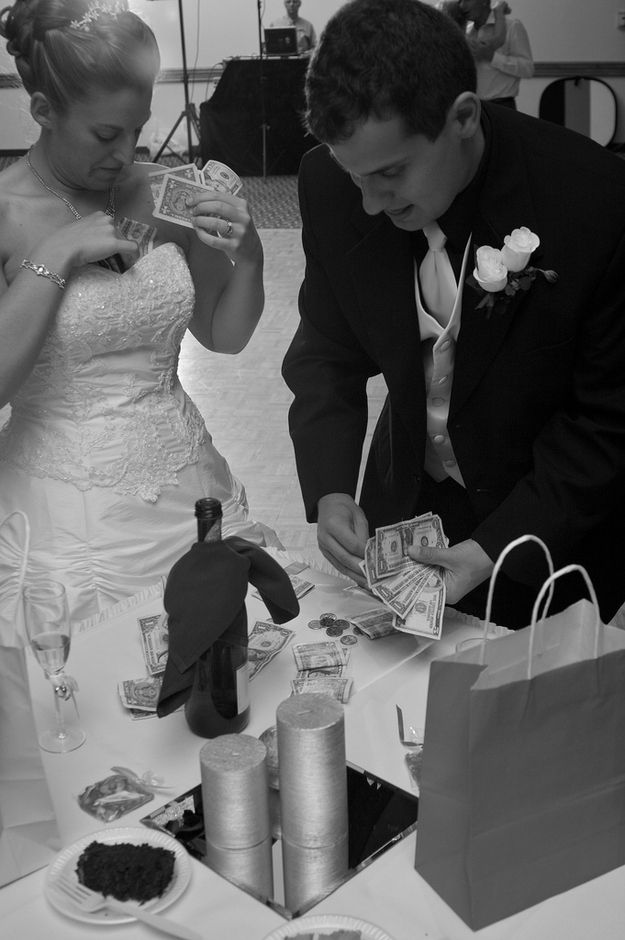 com
com
http://cdja.ca/blog
Ed Price one of my dear friends who I never had opportunity to meet in person but touched my heart and peaked my funny bone. RIP my friend~
rain on my parade...my clowns are in mourning.......
Mitch Taylor
New DJ
- #5
Dollar Dance - or a non tacky name for it "Honeymoon Dance" was there for just that...to give the two newlyweds some spending money for their honeymoon. In some areas of the country it's a tradition that still holds true to this day where other parts feel it's tacky. Ask your clients how they want it presented.
Ask your clients how they want it presented.
Suggestions from me would be to put together a pre-set list of slow to just below medium tempo songs for your clients to dance to...instruct the Best Man and Maid of Honor just as Jon said to collect the $$ and then switch songs every 30 seconds or so and that is the bride and grooms cue to switch partners. Of course you'll need to announce that is how it's being done at the start of it.
This way guests hear a lot of great slow songs that they may not have heard in ages...you regulate the line for them (especially since sometimes you're the only sober one)...and the rest of the guests get back to dancing as soon as possible and it doesn't become a bore-fest to those that are not involved.
Hope this helps.
fromnaija
New DJ
- #6
I cater to the Nigerian/African immigrant community here and the 'DOLLAR DANCE' is so part of the culture that no announcement is required. Guests who understand the culture know that it is traditional to dance with the bride while pasting money on her forehead. But learnt something new from Jon Tuck's post.
Guests who understand the culture know that it is traditional to dance with the bride while pasting money on her forehead. But learnt something new from Jon Tuck's post.
See full signature
www.jd-audio-production.com
Visit us on Facebook
Sounds To Go
DJ
- #7
I do them if they like, and it's pretty low-key. Only once or twice have I had the attendants regulate lines or collect money.
I usually announce it as a Honeymoon dance, tell the crowd where they will be going for their honeymoon, and I'll announce it something like this:
"I would like to invite John & Jane to the center of the dancefloor so we can start our honeymoon dance. You may have heard of this tradition under different names, but basically it's your chance to get in a dance with our new couple, and if you would like to give them a gift at that time, you're more than welcome to do so. Gentlemen, please line up to dance with the beautiful Jane on her wedding day, and ladies please line up to share a dance with the newly taken John. After about 30 seconds or so, you can feel free to cut in for your turn, and we'll keep going until everyone gets to dance."
You may have heard of this tradition under different names, but basically it's your chance to get in a dance with our new couple, and if you would like to give them a gift at that time, you're more than welcome to do so. Gentlemen, please line up to dance with the beautiful Jane on her wedding day, and ladies please line up to share a dance with the newly taken John. After about 30 seconds or so, you can feel free to cut in for your turn, and we'll keep going until everyone gets to dance."
Then I'll start the music.
If no one is coming up, I will invite the couple to start off dancing with each other and people will typically start coming up after a few seconds. If some guys come up to dance with bride, but no gals come up, I'll make some kind of corny yet tasteful remark about how sad he looks up there all by himself or whatever the mood calls for.
Just have fun with it. I have had them last upwards of 20-30 mins as well, but this is definitely an exception. Stick to slow to medium songs. Play songs until people stop coming up. If no one comes up at all, and you've already invited couple to dance with each other, treat it like a slow song and just fade out after that and go right into something else without losing a beat. Don't dwell on it or try to force it.
Play songs until people stop coming up. If no one comes up at all, and you've already invited couple to dance with each other, treat it like a slow song and just fade out after that and go right into something else without losing a beat. Don't dwell on it or try to force it.
Do them earlier in the reception if possible so that older guests who might tend to leave a little earlier (ie the ones with the moolah) will be able to come up and give a gift.
Jon Tuck
RIP Brother. You will be missed.
- #8
I have had a bride request upbeat songs as she didnt want to slow dance with that lecherous Uncle Pervy.
See full signature
http://mudjs.com
http://cdja.ca/blog
Ed Price one of my dear friends who I never had opportunity to meet in person but touched my heart and peaked my funny bone. RIP my friend~
rain on my parade...my clowns are in mourning.......
CMWAT
DJ Extraordinaire
- #9
Jon Tuck said:
I have had a bride request upbeat songs as she didnt want to slow dance with that lecherous Uncle Pervy.
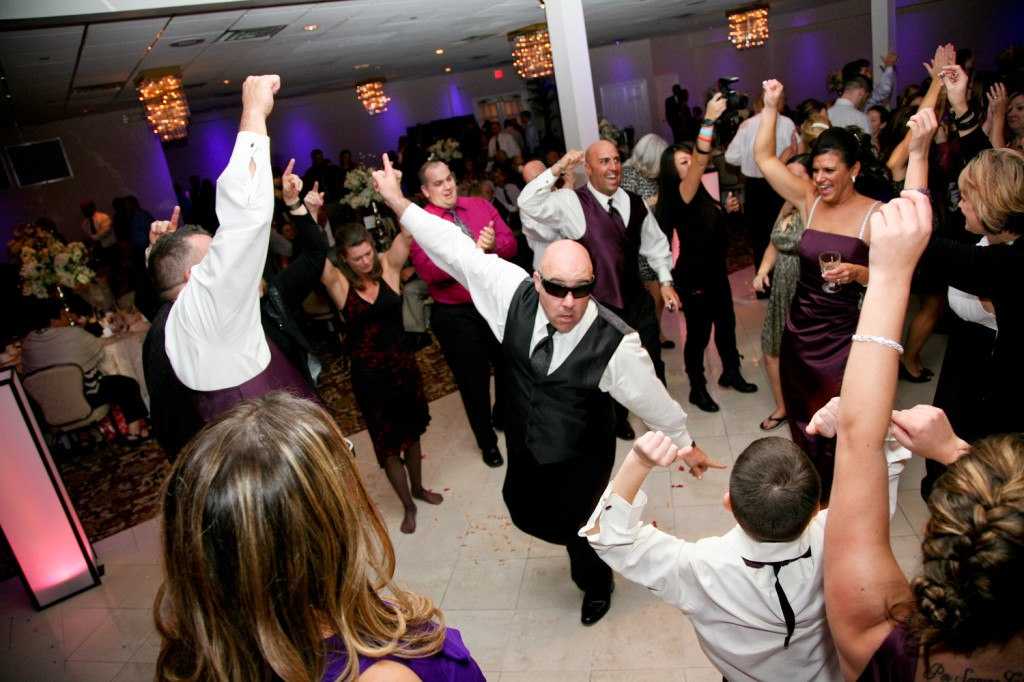
Click to expand...
lmao,"uncle not so close"
Kirby Ball
Guest
- #10
When calling people up, I like to include a little spiel about how "it's a great time to not only dance with the Bride and Groom but to also give them your personal congratulations and well wishes for their happiness for their upcoming life together as husband and wife, blah, blah, etc.."
YMMV
DJCC
Where My Biches At?
- #11
At the wedding we did last week the dollar dance started with auction to see who got the first dance with the b&g.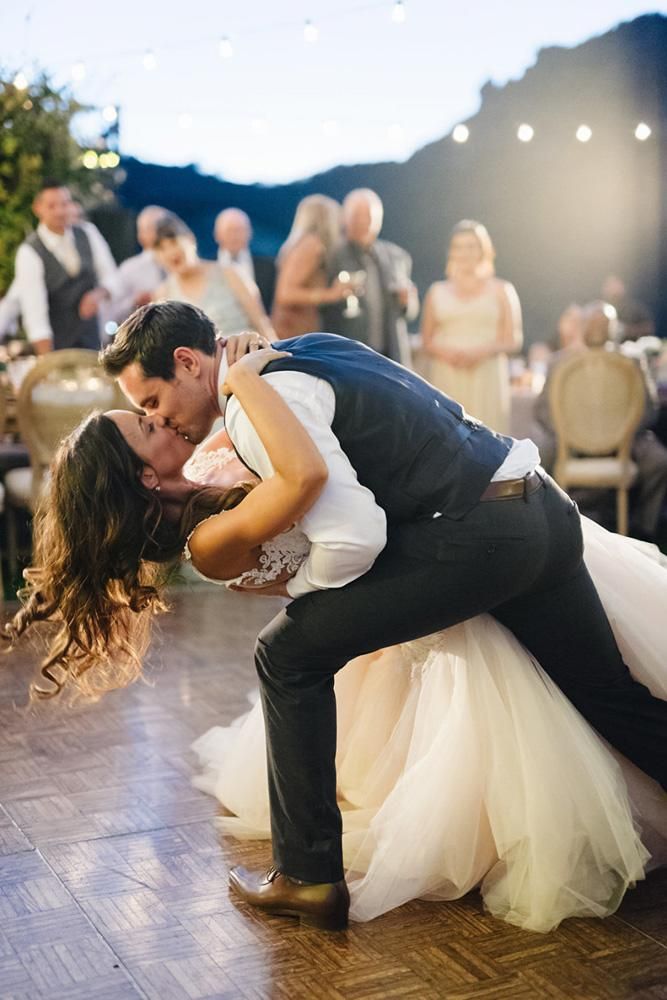 the brides grandparents won the bid with $350 each. Dance last 6 songs!!! But with all that cash in their hands they passed on a very nice $150 tip for the DJ
the brides grandparents won the bid with $350 each. Dance last 6 songs!!! But with all that cash in their hands they passed on a very nice $150 tip for the DJ
Sounds To Go
DJ
- #12
Yeeeeah Booooweeeeee.... I'd do that here, but chances are the winners at most of my weddings would be the one holding a $5 bill!
DJ J Mac
Bork Bork Bork!
- #13
I always get with the best man and maid/matron of honor and get them to help out by collecting the "tolls" from people. I intro the dollar dance by telling people now it's their chance to dance with the bride or groom, but they first have to pay their toll to the best man or maid/marton of honor.
I intro the dollar dance by telling people now it's their chance to dance with the bride or groom, but they first have to pay their toll to the best man or maid/marton of honor.
See full signature
"And the men who hold high places must be the ones who start, to mold a new reality closer to the heart"
DJCC
Where My Biches At?
- #14
Sounds To Go said:
Yeeeeah Booooweeeeee.... I'd do that here, but chances are the winners at most of my weddings would be the one holding a $5 bill!
Click to expand.
..
It was a "country" wedding full of cowboys and cowgirls!! The arrived in a cattle trailer pulled by a pick-up.
A friend of the family is a local auctioneer. It was pretty good. I have a video of I will post on sunday.
Streaker
New DJ
- #15
I customize my announcements on-the-fly depending on the energy level of the crowd and what the bride are looking to do.
If they request a money dance let them know to tell their bridesmaids/groomsmen and have them make sure at least 1-2 members of the bridal party have some $1 bills so they can get the money dance started.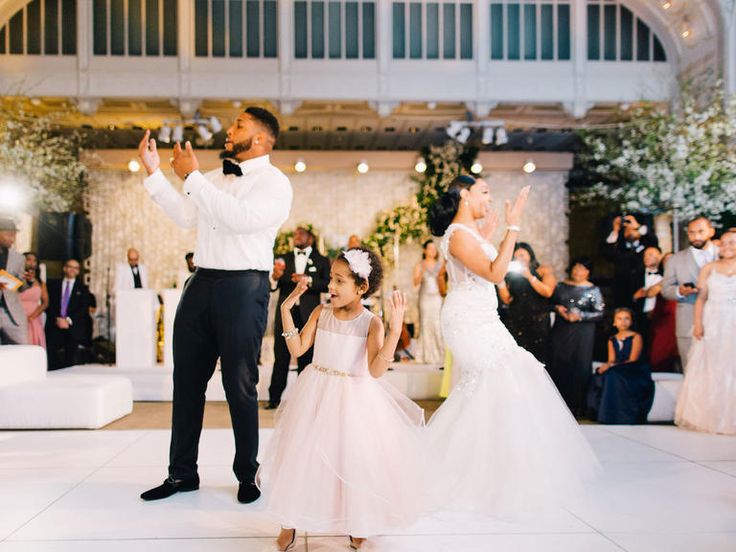 Often times people do not want to be the first to get up there so having bridal party up there 'breaking the ice' really helps.
Often times people do not want to be the first to get up there so having bridal party up there 'breaking the ice' really helps.
If they're not stick in the *** people I usually start out after I invite the bride and groom to the dance floor with: "Alllriiiight folks at this time I'd like to invite you to take out those ones, fives, tens fifties, and one hundred dollar bills (short pause) it is now time for the money dance.
Some peeps are poor, having weddings paid for by mom/dad and they actually NEED the money so don't have a negative attitude about doing money dances.
You will also come across folks who see the money dance as cheap, cheesy, or just inappropriate.
If you find folks who are on the fence remind them that it's their decision and that a 'dollar dance' is a great way to break the ice.
Money songs:
Love and marriage - Sinatra
For the love of money - Ojay's
Money - Pink Floyd
Gold Digger (edited version) - Dirtbag/Kanye West
See full signature
Support your local DJ (send me some money if you live near by ) service!
mikemerlin
DJ Extraordinaire
- #16
I always use the KISS method (keep it simple stupid) Make the announcement.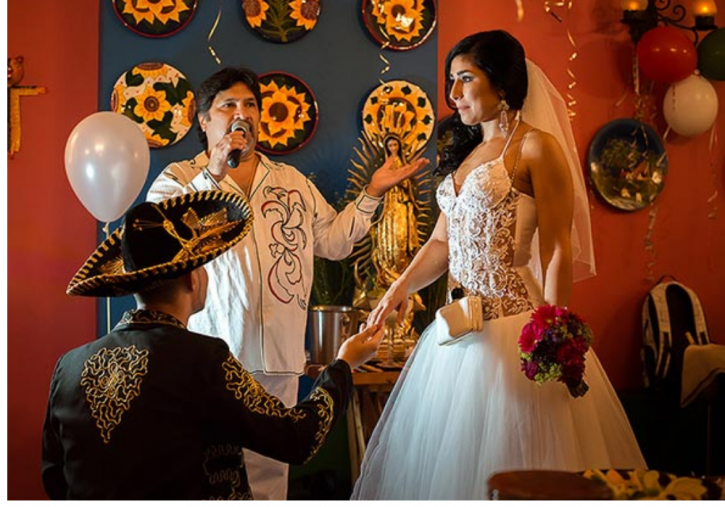 Play a song. If you need to play another song, play it. No games, no jumping through hoops People are there to dance and have a good time and dragging it out can really kill the flow and tempo of the evening. cha-ching that's my two cents
Play a song. If you need to play another song, play it. No games, no jumping through hoops People are there to dance and have a good time and dragging it out can really kill the flow and tempo of the evening. cha-ching that's my two cents
See full signature
http://mikemerlin.com
Streaker
New DJ
- #17
I customize my announcements on-the-fly depending on the energy level of the crowd and what the bride are looking to do.
If they request a money dance let them know to tell their bridesmaids/groomsmen and have them make sure at least 1-2 members of the bridal party have some $1 bills so they can get the money dance started. Often times people do not want to be the first to get up there so having bridal party up there 'breaking the ice' really helps.
Often times people do not want to be the first to get up there so having bridal party up there 'breaking the ice' really helps.
If they're not stick in the *** people I usually start out after I invite the bride and groom to the dance floor with: "Alllriiiight folks at this time I'd like to invite you to take out those ones, fives, tens fifties, and one hundred dollar bills (short pause) it is now time for the money dance. Post that line or something similar against the bum bum dun-um intro of for the love of money by th Ojay's and your on your way to building energy for your dance!!
Some peeps are poor, having weddings paid for by mom/dad and they actually NEED the money so don't have a negative attitude about doing money dances.
You will also come across folks who see the money dance as cheap, cheesy, or just inappropriate.
If you find folks who are on the fence remind them that it's their decision and that a 'dollar dance' is a great way to break the ice.
Money songs:
Love and marriage - Sinatra
For the love of money - Ojay's
Money - Pink Floyd
Gold Digger (edited version) - Dirtbag/Kanye West
If they're laid back folks I may chime in half way through with "Ladies and gentlemen, I have just been informed that ______ (insert grooms name) is now excepting Visa and American Express.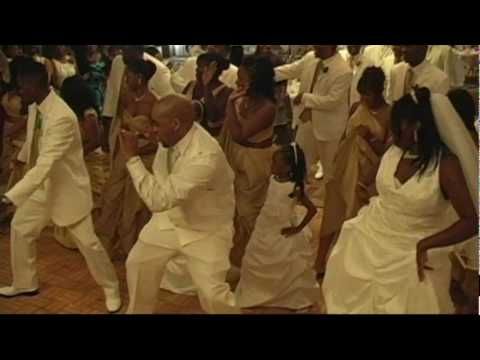 This goes over well with laid back crowds however stuck-up people may think it's cheesy.
This goes over well with laid back crowds however stuck-up people may think it's cheesy.
KNOW YOUR CROWD!!!
See full signature
Support your local DJ (send me some money if you live near by ) service!
mikemerlin
DJ Extraordinaire
- #18
btw great advice from streaker...always start it off with the bridal party, parents etc
See full signature
http://mikemerlin.com
bizzyb53
DJ Extraordinaire
- #19
I do the dollar dance all the time around here.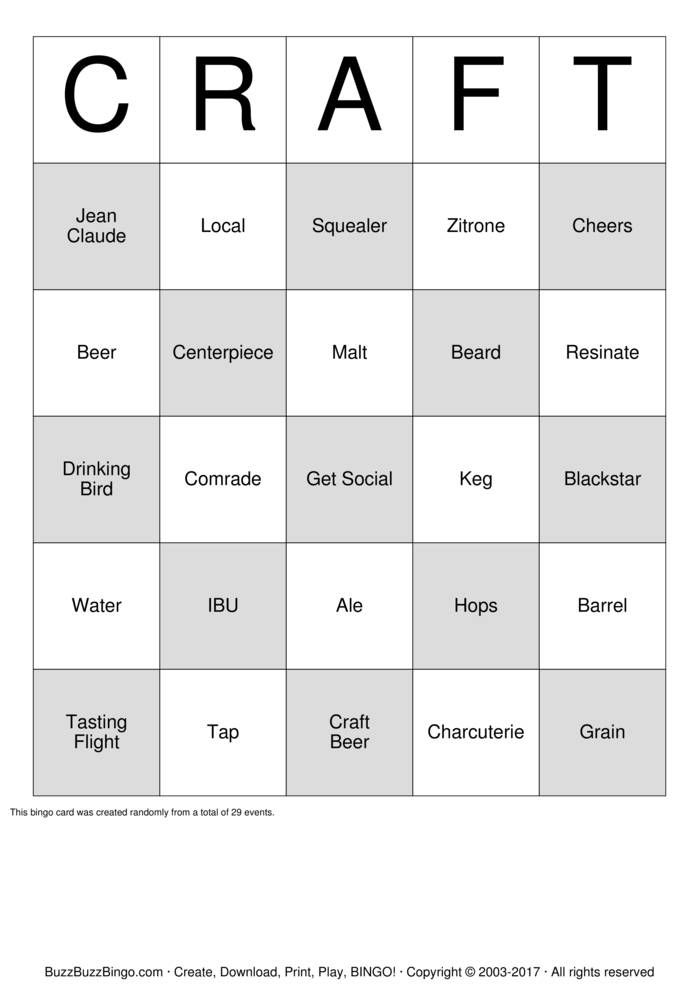 I always end the dance with the bridal party and parents,grand parents.The object is to make as much money for the B&G as possible.When I played in the band,we did the money dance one time for 45 minutes straight and they drank 2 fifths of Jack Daniels in that time.Around here men get a shot of whiskey and ladies get a shot of shnapps with there dance.Make it Fun!
I always end the dance with the bridal party and parents,grand parents.The object is to make as much money for the B&G as possible.When I played in the band,we did the money dance one time for 45 minutes straight and they drank 2 fifths of Jack Daniels in that time.Around here men get a shot of whiskey and ladies get a shot of shnapps with there dance.Make it Fun!
See full signature
Funk foreman
Gone but not Forgotten-Jon Tuck & SoftJock Rick
nextgen1
DJ Extraordinaire
- #20
Money Dance
Alright Ladies and Gentlemen. Where going to go ahead and begin the Money Dance Also known as the Honeymoon Dance. In case you don’t know what the Money Dance is, It’s a very traditional dance which gives you (The Family & Friends) An opportunity to dance with our bride and groom for a minute or two and congratulate them, and also help them out with a little money for their Honeymoon. So if you wish to dance with our bride and groom please come on up.
Where going to go ahead and begin the Money Dance Also known as the Honeymoon Dance. In case you don’t know what the Money Dance is, It’s a very traditional dance which gives you (The Family & Friends) An opportunity to dance with our bride and groom for a minute or two and congratulate them, and also help them out with a little money for their Honeymoon. So if you wish to dance with our bride and groom please come on up.
You can change and livening it up all you want. This is just and idea, what I do when ever I do a money dance is talk with the wedding party before hand and let them know. I also tell them when we start it to be the first folks up there so the bride and groom don't just stay dancing with each other while they wait for people to dance with them. Its kind of like putting tips in a tip jar to give other people the idea. It works well for me by the way. And I hate the money dance but I do get money for our bride and groom sometimes I say something funny like alright cool we have them going to (put in name of very close town). This usually makes people smile and keep coming. But you have to smile when you say things so people will know its just all in fun.
This usually makes people smile and keep coming. But you have to smile when you say things so people will know its just all in fun.
If you have quite a few people try and not let them dance more than 30 seconds or it will last way way to long and people do get the idea. Twenty people is 10 minutes and more than that is well more than that.
See full signature
www.tngdj.com
www.celebrityshotsphotobooth.com
| Words for the first dance of the young at the wedding in verse and proseA wedding consists entirely of touching and beautiful moments. One of them is the first dance of the bride and groom. It adds importance to the fact that young people often prepare carefully, rehearse, trying to surprise guests and show their abilities. Often such a number goes beyond the usual "slow" and develops into a large-scale flash mob, in which friends and parents participate. nine0109 The result is a truly impressive action that causes sincere tears and delight, so the words for the first dance of the young at the wedding are of decisive importance. IdeasThe moment when newlyweds first invite each other is hard to spoil. But often the presenters do not attach much importance to words, using the usual rhymes and standard phrases. When announcing the first dance (as, indeed, during the entire wedding evening), sincerity is important. Overused compliments and undisguised flattery, with which the presenters sometimes sin, are also undesirable: “There is no one in the world more beautiful than our bride Masha, and the groom Petya is a handsome man, we are happy to announce their first waltz.” It is not worth heating up the already exciting situation on the eve of the performance with words.
In the event of a sudden hitch (the music stopped, fell down, got confused in movements), it is important to react with lightning speed, divert attention from the young with a joke, a toast, like: “How lucky the guy is - such a cool girl at his feet!” So the bride and groom will come to their senses and cope with the excitement. Be sure to check all the props one hundred and one times. Balloons, soap bubbles, flowers, confetti - everything should be at hand and in good condition. I would also like to say about suitable clothes and shoes. The model and length of the wedding dress should not interfere with movements, as well as a very high heel. nine0023
In proseEach couple has its own distinctive feature. You need to try to highlight it, focusing on it, while adding specifics.
Words will take on meaning, volume: “our gentle, romantic Masha”, “brutal fiance Petya”. You can announce the performance of the young both against the background of music and in silence (this will even emphasize the importance of the moment). It is important not to "spread the thought. If young people have prepared a piece in advance (on their own or with a choreographer), then it is appropriate to present it in a special way, for example, as a thank you to the guests or as a token of gratitude to the parents.
In verseMaking a presentation in verse is a much more difficult task. We need simple, understandable, capacious words, but without primitive rhymes like "jackdaw-stick, bride-place." Rhymed eyeliners are often replicated in large numbers, the same thing sounds on different wedding evenings. nine0023 To avoid this, you can try to compose something worthwhile on your own or seek help from a competent and experienced specialist. Also, as an option, it is always possible to modify the existing text (replace individual words, insert names). A win-win option - poems by famous poets (Pushkin, Asadov, Rozhdestvensky) or lyrics, including modern ones. But: it is not forbidden to remake modern texts, it is preferable to read the classics only in the original. nine0023
Examples of eyeliners for stylized weddingsA wedding celebration united by a single style is great. The circle of options narrows, you can immediately discard the unnecessary and inappropriate. Brainstorming is helpful when selecting ideas. Everyone can participate in it - from the toastmaster to the parents. It is important to write down any, even the most crazy proposals, then, through discussion, remove the excess and come to a common decision. nine0109 The simplest dance number looks cool when performed properly.
At a classical weddingClassical dance is, first of all, waltz. He is mesmerizing, breathtaking. And in the performance of newlyweds, it is doubly beautiful. Moreover, the choice of music is huge, and there are no special requirements for clothing. Therefore, newlyweds often perform it right in their wedding dresses. nine0023 A successful variant of the introduction to the first waltz will be the transition to it from the dance of the young wife with her father. The daughter is dancing with her father, the groom comes up and invites his beloved, as if taking her away from under the parental wing. The picture is very sincere and touching to tears.
At a wedding in Russian styleThis type of celebration implies interesting original wedding traditions.
The style of such weddings is expressed in the appearance of the newlyweds (traditional national or similar outfits) and characteristic jokes and poems. It's interesting to beat the performance of a couple like this. The bride begins to dance alone cheerfully and provocatively (she can be helped by a professional dancer).
For a holiday in autumn style Autumn is the season for weddings. Productive, generous time plus natural beauty make the holiday very bright. But there is a slight note of light sadness - everything freezes in anticipation and anticipation of winter. A waltz with eyeliner to verses by Natalia Grebenko will perfectly fit into the concept of an autumn wedding:
“Tonight there is no place for sadness, except perhaps only light. Just a few hours ago, (names) became husband and wife. Dear newlyweds, may your family life be like the first waltz - gentle, sincere and beautiful.” nine0023 In this video, there is a version of the announcement of the first dance of the newlyweds: Even the most ordinary couple slow dance of the newlyweds always looks especially exciting. A pre-prepared performance becomes the highlight of the evening and is performed more than once as an encore at the request of the guests. 6 Essentials for Wedding DJingGet the right mix of skills and make money DJing weddings. Pic: Mixing MarylandIn my last issue, I discussed why you might want to be a wedding DJ. But in order to do your job well, you need to have some important qualities. Luckily, this is all you already have or could get with a little effort (or money). Being aware of what is expected of you will make it easier for you to fill in the gaps relatively easily and do the job more confidently. nine0023 1. Wide musical knowledge Of course you like your EDM. You love perfect mixing, sampling, juggling beats and creating new sounds from old songs. But to be a good wedding DJ, you need to understand and appreciate (if not love) all genres of music. You also need to know some classical pieces, especially those related to weddings (Vivaldi's Four Seasons, Pachelbel's Canon, and various wedding precessions/falls). who won't dance later. Lucky for you, all of this material is easy to find on the internet - with a little homework and a few greatest hits compilations, you can be a DJ of any taste. nine0023 2. Cute characterStarting from the first meeting with the future bride and groom, you should be sensitive and attentive to their wishes, but at the same time take responsibility. The couple will lay out their ideal musical mix and structure of the event. Unfortunately, their ideas are sometimes unrealistic and unreasonable ("We only want heavy metal all night" or "No Macarena whoever asks for it"). If you are afraid to use a microphone, you should practice it because you will have to use it when DJing at weddings. nine0018 You must reassure them that they are in control, as well as explain to them the dynamics of crowd satisfaction and the requirements for a successful dance evening. You are both an employee and a teacher. You are also an MC. You need to get used to the microphone. You will be asked to introduce people, make announcements and help stage the action. nine0018 You must reassure them that they are in control, as well as explain to them the dynamics of crowd satisfaction and the requirements for a successful dance evening. You are both an employee and a teacher. You are also an MC. You need to get used to the microphone. You will be asked to introduce people, make announcements and help stage the action. You must be cute, energetic and fun, but not stupid (like the bad tuxedo guy mentioned earlier). It's a delicate balance that comes with practice. If your personality comes off as blasé or disinterested, why should they even hire you instead of just plugging an iPod into an existing sound system? You need to add the right amount of enthusiasm and energy, not just play the right tunes. nine0023 3. Organizational skills Weddings are not easy. Most of them include the introduction of the couple and the wedding party (by you), but also include prayers, toasts, special requests, traditional rituals (garter, apron dance) and other things you need to know how to choreograph and narrate. Often the bride and groom lose track of time and you need to remind them (or the supplier/event planner) to stay on track. You are the manager of the planned activities, not just the music, so you need to focus on both and not get too caught up in worrying about your next track. nine0023 4. Foolproof Gearbox with BackupThis is a lesson you only need to learn once - always have a backup plan for any possible emergency. A backup system is essential for a wedding DJ.When a mobile DJ company sent me to a fancy wedding performance with bad cables, I found that the sound coming out of the speakers was the equivalent of an old transistorized AM radio. I almost fled the scene. There is nothing more painful than realizing that you - and only you - are responsible for making someone's wedding a colossal failure. nine0023 Amazingly, I managed to get people dancing until the emergency guy showed up with new cables (thanks to a very holy and understanding couple and their guests), but I'll never DJ a wedding again without a full backup plan. Luckily, most emergencies aren't hard to handle (see Pro DJ Secrets When Everything Goes Dead...). An iPod or iPad can keep the party going until you fix your computer, or even replace it in the worst case, when your laptop is a smoldering wreck. nine0023 5. The ability to sell yourselfWedding performances are the key to future wedding performances. You will most likely be approached by other couples who are looking for a fantastic DJ like you for their upcoming wedding. Or someone is planning a private or corporate party. Sometimes the event organizer at the venue is looking for a quality and reliable DJ that they can recommend (this is how I got a regular gig). You'll be asked to show your business card, so make sure you always have a lot of them. And here's the fun part - you've already auditioned, played an amazing four-hour set, and got everyone on the dance floor, so the selling part is over. Handing over the card usually closes the deal. 6. AdaptabilityEvery wedding has its challenges. A drunk guy who keeps demanding a "wonderful night" so he and his wife can slow dance despite the fact that you have a seriously packed dance floor. An older woman complains about the volume being too loud, and younger people ask you to turn it up, and the acoustics of the room turn your sound into a booming mess. A happy wedding dance floor needs to be flexible and adaptable. Pic: Wedding WindowBecause wedding venues and wedding guests are varied and unpredictable, you need to be flexible and adaptable to make decisions quickly. And no matter what happens, you should always smile. You have to look like you're having fun, even if the event gets chaotic when the best man breaks his arm trying to break dance and the bride is hysterical because someone spilled red wine on her dress. A good DJ can save a wedding by lifting the mood and by focusing the audience's attention on the main goal: entertainment. And when Donna Summer says the final "Hey, hey, yes!" "Last Dance" and everyone starts cheering for you, it's a damn good feeling. You've had one of the brightest nights of their lives - maybe the biggest - and have been a resounding success. • Michael M. Hughes - DJ, writer and performer. He is currently a DJ at Baltimore Get Down and has played over a hundred weddings and numerous private and corporate events. He summarizes his hard-earned knowledge in an upcoming digital wedding DJ guide, available on the Digital DJ Tips website. nine0023 Have you seen wedding DJs who are good (or bad) at showing the above skills? Would you consider DJing at weddings - and if not, why not? Please share your thoughts in the comments. .A Simple Guide to 10 Traditional Ballroom Dances If you're interested in ballroom dancing but don't know where to start, there's only one place to start: Beginner Dance Lessons at Fred Astaire Dance Studios. Learning the most widely known partner dances can make you the star of any social event and bring some fun and culture into your life at the same time. Waltz This is the dance most often thought of when someone mentions ballroom dancing. That's 28 beats per minute in 3/4 of the time, and it can be quite romantic. Tango Ballroom tango is different from Argentine tango. It has a time signature of 2/4 and it is 32 beats per minute. While ballroom tango can certainly be romantic, the best way to describe this popular dance is "sensual." Foxtrot This is an all American jazz dance set that can be fast or slow depending on the band. Quickstep This dance is inspired by the foxtrot but has a much faster tempo, hence the name. Viennese Waltz As soon as the 3/4 music starts, the ballroom studio will light up with the fast and passionate flow of this "old school" waltz. International Latin Samba A cheerful dance that is used in competitions, but as the national dance of Brazil, it is solo. Cha-cha This flirtatious dance can be seen as a slow mamba. A lot of hip movement will be involved. Rumba Rumba is considered by many to be the most passionate and romantic dance on this list. This is incredibly difficult and involves many different hip movements. Jive A spicy swing dance to big band music in which the man leads and the women encourage the men to invite them to dance. Paso Doble A man dances like a bull and a woman dances like a bullfighter. If you would like to take an adult ballroom dance class, consider these options. The philosophy of Fred Astaire Dance Studios is simple and clear: ballroom dancing should always be fun! We work with students of all ages and abilities to help them realize their ballroom dancing goals in a warm, friendly and 100% non-judgmental environment. nine0023 Ballroom dancing training will give you more confidence on the dance floor, a great workout and a much better connection with your body! .Dance quotes, Dance sayings, Quotes for dancersChildren: they dance before they know there is anything but music. ~ William Stafford How can we tell a dancer from a dance? ~ William Butler Yeats There is a bit of madness in dancing that is of great benefit to everyone. ~ Edwin Denby Please send me your last pair of dance-worn shoes, as you mentioned in your letter, so I can have something to hold on to.~ Johann Wolfgang von Goethe I could only believe in a God who could dance. Never trust a spiritual leader who cannot dance. ~ Mister. Miyagi The Next Karate Kid , 1994 We are fools whether we dance or not, so we can dance just as well. ~ Japanese proverb Let's dance! may joy be boundless; Nobody cares if you can't dance well. Just get up and dance. ~ Dave Barry Dancing is like dreaming with your feet! ~ Constanze The true expression of a people is its dance and its music. Bodies never lie. ~ Agnes de Mille Dancing turns to face the sky, no matter which direction you turn. ~ Terri Guillemets Dancers are messengers of the gods. ~ Martha Graham Dancing is a great workout for girls, it's the first way to learn to guess what a man is going to do before he does it. You can dance anywhere, even if only in your heart. ~ Author unknown Dancing: a vertical expression of horizontal desire legalized by music. ~ George Bernard Shaw Dance in all its forms cannot be excluded from the curriculum of any noble education; dance with your feet, with ideas, with words, and do I need to add that one must also be able to dance with a pen? ~ Friedrich Nietzsche Dance is the only art of which we ourselves are the material of which it is made. ~ Ted Schon, Time July 25, 1955 Dancers are instruments, like a piano played by a choreographer. ~ George Balanchine There are shortcuts to happiness, and dancing is one of them. ~ Vicki Baum To dance is to be beside yourself. Bigger, prettier, more powerful. ~ Agnes DeMille Remember, Ginger Rogers did everything Fred Astaire did, but backwards and in high heels. ~ Faith Whittlesey Dancing with the feet is one thing, dancing with the heart is another. Dance until the stars come down from the rafters. There is a reverence in the dancer for such forgotten things as the wonder of small beautiful bones and their subtle strength. ~ Martha Graham It takes an athlete to dance, and an artist to be a dancer. ~ Shanna LaFleur I don't want people who want to dance, I want people who have to dance. ~ George Balanchine Dancing can reveal all the mystery that music hides. ~ Charles Baudelaire Dance first. Think later. This is the natural order. ~ Samuel Beckett Suppressing the urge to dance is bad for your health - it spoils your spirit and your hips. ~ Terry Guillemets I am a dancer. I believe that we learn by doing. Whether it means learning to dance by dancing, or learning to live by practicing life... In each of them, it is the performance of a certain set of actions, physical or intellectual, from which arises a form of achievement, a sense of one's being, a satisfaction of the spirit. Let's dance in the sun, with wild flowers in our hair... ~ Susan Polis Schutz Dancing is the poetry of the foot. ~ John Dryden Dancing is the most sublime, most touching and beautiful of the arts, because it is not just a translation or an abstraction from life; it is life itself. ~ Havelock Ellis Life may not be the party we hoped for, but while we're here, we must dance. ~ Author Unknown Dance is the hidden language of the soul.~ Martha Graham Dancing moves to the music without stepping on anyone's foot, much like life. ~ Robert Brault, rbrault.blogspot.com Dancing is just discovery, discovery, discovery. ~ Martha Graham Dancing left many girls without servants, and I can say that this is a storehouse and nursery of bastards. ~ John Northbrook Shake it until the moon becomes the sun. ~ Vada Nobles, Carl Sturken, Evan Rogers & Alisha Brooks, "Pon de Replay" by Rihanna ♫ Dance does not reconcile body and soul, because for Bakhtin and the spiritual tradition he represents, body and soul are on the same level. Hard times call for wild dancing. ~ Alice Walker The movement never lies. It is a barometer showing the state of the weather in the soul to anyone who can read it. ~ Martha Graham Dance is the song of the body. Either joy or pain. ~ Martha Graham Dance is a poem, every movement of which is a word. ~ Mata Hari We must dance with delight to stay alive... and part of the living embodied cosmos. ~D.H. Lawrence Dancing is the world's favorite metaphor. ~ Kristy Nilsson Those who were seen dancing were considered crazy by those who couldn't hear the music. ~ Friedrich Wilhelm Nietzsche I don't know what spirit a philosopher could be more than a good dancer. Because dance is his ideal. ~ Friedrich Wilhelm Nietzsche Light quirks of music, broken and uneven, She should have danced - she just had to! ... The music seemed to move in her body, move through her. She jumped high, spread her arms and oh, how she smiled! Dancing, Clara forgot about her grief. ~ Amy Ehrlich, The Girl Who Wanted to Dance , 2009 Do you think it's hard for people with dyslexia to dance to "Y.M.C.A."? ~ Dave Sokolovsky If life is good, don't just sit there - dance! If life isn't so good, dance more.~ Terri Guillemets Music begins to atrophy when it gets too far away from dance. ~ Ezra Pound I see how dance is used as a connection between body and soul to express what is too deep to find words. ~ Ruth St. Denis Talk about dancing? Don't talk about dancing. Dance is to dance. ~ Peter St. James Life is a dance of balance. I, , would like to dance. Not professional, but just like everyone else. ~ Stephen Fry, Moab Is My Washpot , 1997 Dance, even if you have nowhere to do it but your living room. ~ Kurt Vonnegut Poetry is prose like dance is walking.~ John Wayne To watch us dance is to hear our hearts speak. ~ Hopi Indian proverb Three little merry piggy wigs, Those who love to dance too much seem to have more brains in their feet than in their heads. ~ Terence Dance is a delicate balance between perfection and beauty. ~ Author Unknown Socrates learned to dance when he was seventy because he felt that a significant part of himself had been forgotten. Dance to be beautiful forever. ~ Terry Guillemets, Glory Moves, 2018, Blackout Poems by Daniel Steele, Fairy Tale , 2017, p. 93 Anyone who says sunshine brings happiness has never danced in the rain. ~ Author Unknown Common sense and a sense of humor are the same thing, they move at different speeds. A sense of humor is just common sense, dancing. ~ William James .Problems of maintaining momentum in a learning organization, Peter M. SengeSince Peter Senge published his groundbreaking book The Fifth Discipline , the business community often asks him and his employees: “How do we go beyond the first? corporate change steps? How can we keep momentum going? They know that companies and organizations cannot thrive today without learning to adapt their mindsets and methods. But companies that implement change initiatives, after initial success, find that even the most promising efforts to transform or revitalize organizations—despite the interest, resources and compelling business results - may not support themselves over time.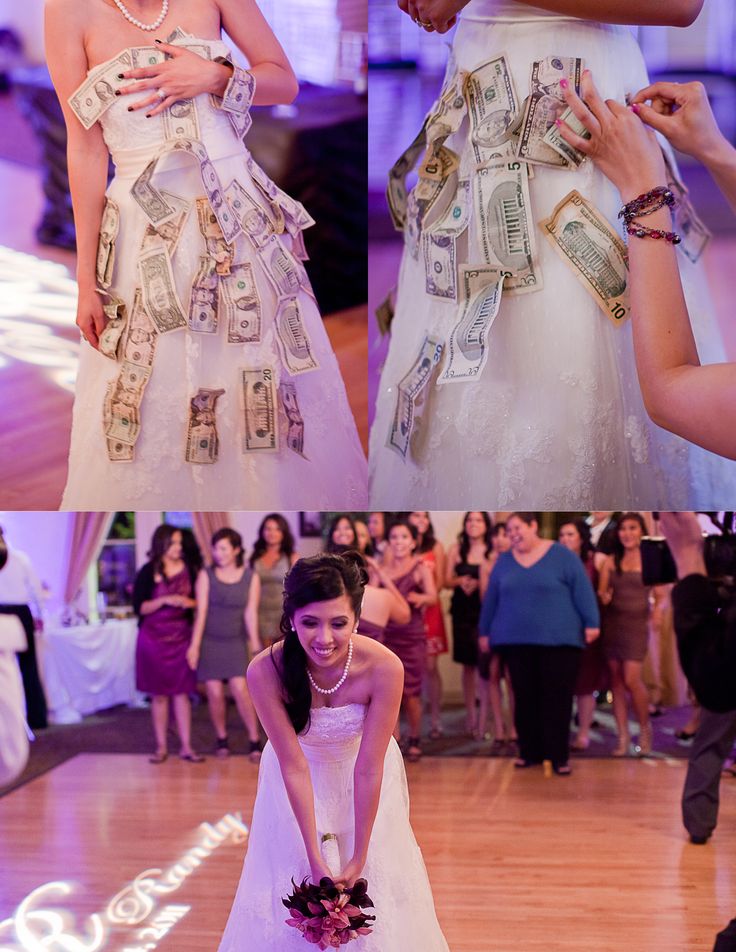 This is because organizations have a complex, well-developed immune system geared towards maintaining the status quo.0018 Now, drawing on new theories about leadership and the long-term success of change initiatives, as well as twenty-five years of This is because organizations have a complex, well-developed immune system geared towards maintaining the status quo.0018 Now, drawing on new theories about leadership and the long-term success of change initiatives, as well as twenty-five years of building learning organizations, the authors of The Fifth Discipline Fieldbook show how to accelerate success and avoid failure. obstacles that can hold back momentum. The Dance of Change , written for managers and executives at all levels of an organization, shows how business leaders can work together to anticipate the challenges an organization will eventually face. Readers then learn how to develop personal and organizational skills needed to deal with these challenges. nine0023 These calls are not imposed from outside; they are the product of assumptions and practices that people take for granted, an integral, natural part of the processes of change. And they can stop innovation if managers at all levels do not learn to anticipate it and recognize the hidden benefits in every problem and the potential to drive further growth. This book identifies the universal challenges that organizations ultimately face, including the challenge of "Fear and Worry"; the need to spread learning across organizational boundaries; the ways in which the assumptions built into corporate measurement systems can shackle learning initiatives; and the almost inevitable miscommunication between "true believers" and non-believers in the company. Filled with individual and group exercises, detailed reports on sustainable training initiatives by managers and leaders in the field, and well-tested practical advice, Dance of Change provides an insider's perspective on the implementation of learning and change initiatives in these areas. corporations such as British Petroleum, Chrysler, Dupont, Ford, General Electric, Harley-Davidson, Hewlett-Packard, Mitsubishi Electric, Royal DutchShell, Shell Oil Company, Toyota, US Army and Xerox. |
|
Words for the first dance of young people at a wedding, examples of speech
A wedding in the life of every person is one of the most important events.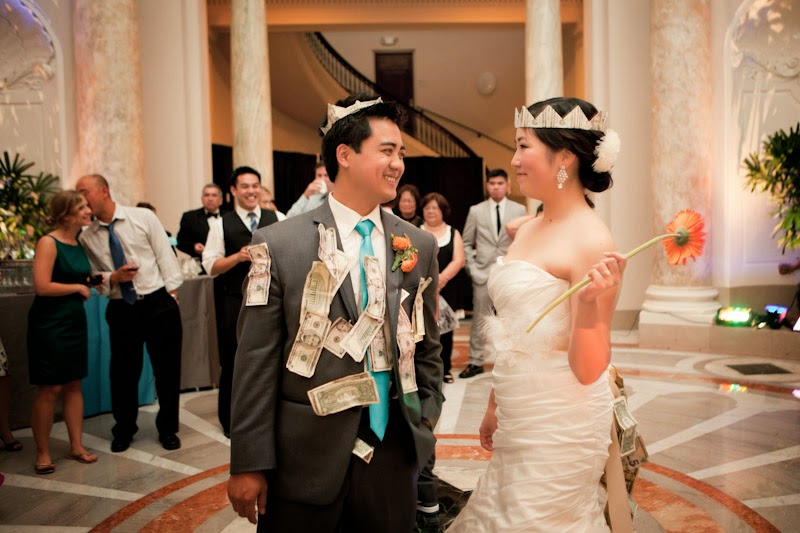 So I want everything to go perfectly, fun and good. So that not only the newlyweds, but also the guests remember this day with a smile and warmth in their souls. nine0023
So I want everything to go perfectly, fun and good. So that not only the newlyweds, but also the guests remember this day with a smile and warmth in their souls. nine0023
It is necessary to carefully prepare for any event, because only all the moments taken into account will help make this day the best in the life of the newlyweds. Our wonderful site will help you prepare for the main event of your life. Consider how beautiful it is to announce the first dance of the young at the wedding, how to lead to this.
Contents
- What should be the first dance of young people?
- The first dance of the young. The emergence of tradition
- The meaning and role of the first wedding dance
- Words for the first dance of young people at a wedding in verse and prose
- Ideas
- In prose
- In verse
- Sources
What should be the first dance of young people?
In addition to being gentle and sensual, it must also be beautiful. An inexperienced toastmaster might think that nothing really depends on him, because it's all about the ability or inability of the newlyweds to dance. And it will be wrong. Yes, not all newlyweds know how to dance beautifully, not everyone goes to the choreographer to do a staged dance, and this staged dance does not always turn out just “super”, but even the gentle “trampling” of the newlyweds to the music can be turned into a beautiful show if desired. nine0023
An inexperienced toastmaster might think that nothing really depends on him, because it's all about the ability or inability of the newlyweds to dance. And it will be wrong. Yes, not all newlyweds know how to dance beautifully, not everyone goes to the choreographer to do a staged dance, and this staged dance does not always turn out just “super”, but even the gentle “trampling” of the newlyweds to the music can be turned into a beautiful show if desired. nine0023
If future newlyweds can hardly be called good dancers even with a strong desire, then perhaps they should not try to make a staged dance. Lessons from the choreographer may not lead to the desired result. As a result, at a wedding, two absolutely “squeezed” people with stone faces, straying and forgetting their movements, will portray a beautiful dance, and not always falling in time with the music. And in case of failure, where is the guarantee that the bride will not be upset to tears? Therefore, even at “pre-wedding” meetings with young people, it is worth paying attention to the first dance, talking about the pitfalls that lie in wait for inexperienced and not very capable dancers, offering them several options that, even from a simple “trampling in an embrace”, will make a beautiful show for guests, not yielding in brilliance to staged dance.
nine0023
The first dance of the young. The emergence of tradition
Choreographic art, like culture in general, is connected with the history of the people, their traditions. The first dance of the newlyweds is a very touching tradition. As it turned out, the dance of the newlyweds has come down to our days since ancient times. Back in the days of the great sovereign Peter 1, when a ball was an integral part of the wedding ceremony.
It was the young people who opened this ball. Previously, all the newlyweds danced the classical waltz, but gradually it fades into the background and the dance floor takes over and delights the guests with an individually choreographed dance that tells the story of their love. nine0023
Meaning and role of the first wedding dance
Just as the guests express their respect for the newlyweds in the dance, the newlyweds also express their benevolent attitude towards the guests. But the main condition is that the bride and groom must be the first to dance their dance. This is a wonderful tradition.
This is a wonderful tradition.
In dance, young people demonstrate their love for each other, with the help of movements, without words. This is a very romantic and tender moment, like a story about their feelings, which is told by body language. Through dance, the newlyweds convey their emotions and how they trust each other. nine0023
The first dance is a silent declaration of love to each other. But in the presence of family, friends, parents. It's kind of like proving and confirming the sincerity of feelings in front of everyone.
The first dance of the young has always occupied the main place at the wedding, it sets the spirit for the whole celebration, it was he who gave birth to another of the many wedding signs. As young people dance, such a family life awaits a couple.
It's not for nothing that all the guests closely follow the young couple, track their emotions on their faces. For the first dance, the newlyweds are allocated the center of the hall, and all the guests stand around the groom and, holding hands, dance.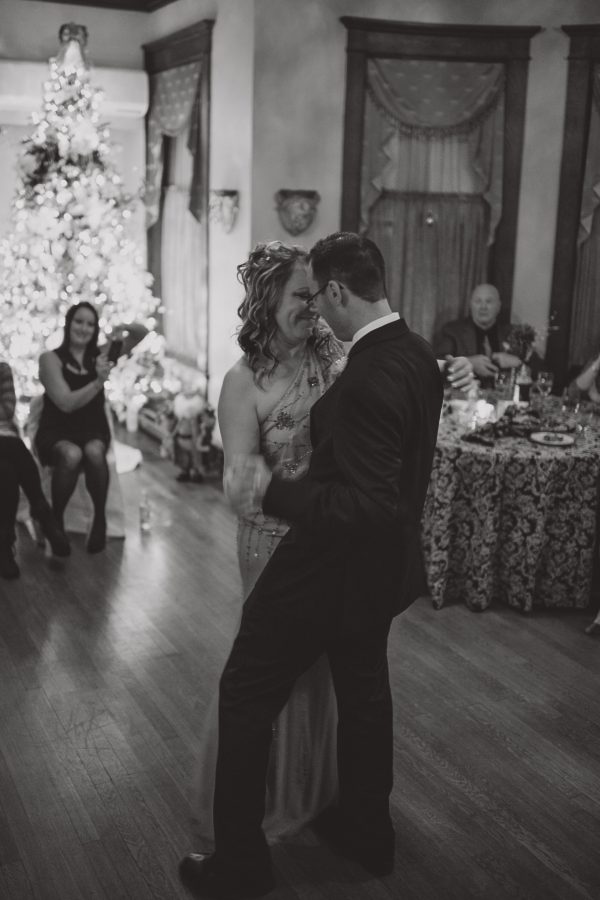 This circle carries a high symbolic idea. The idea of uniting two families into one whole, which will serve as maximum support for the young. nine0023
This circle carries a high symbolic idea. The idea of uniting two families into one whole, which will serve as maximum support for the young. nine0023
Words for the first dance of the young at the wedding in verse and prose
A wedding consists entirely of touching and beautiful moments. One of them is the first dance of the bride and groom. It adds importance to the fact that young people often prepare carefully, rehearse, trying to surprise guests and show their abilities.
Often such a number goes beyond the usual "slow" and develops into a large-scale flash mob, in which friends and parents participate. The result is a truly impressive action that causes sincere tears and delight, so the words for the first dance of the young at the wedding are of decisive importance. nine0023
Ideas
The moment when newlyweds first invite each other is hard to spoil. But often the presenters do not attach much importance to words, using the usual rhymes and standard phrases.
Sincerity is important when announcing the first dance (as, indeed, during the entire wedding evening). It is necessary to avoid clericalism and clichés: "And now our delightful newlyweds will merge in a dance."
Overused compliments and undisguised flattery, with which the presenters sometimes sin, are also undesirable: “There is no one in the world more beautiful than our bride Masha, and the groom Petya is a handsome man, we are happy to announce their first waltz.” It is not worth heating up the already exciting situation on the eve of the performance with words. nine0023
In the event of a sudden hitch (the music stopped, fell down, got confused in movements), it is important to react with lightning speed, divert attention from the young with a joke, a toast, like: “How lucky the guy is - such a cool girl at his feet!” So the bride and groom will come to their senses and cope with the excitement.
Be sure to check all the props one hundred and one times. Balls, soap bubbles, flowers, confetti - everything should be at hand and in good condition. I would also like to say about suitable clothes and shoes. The model and length of the wedding dress should not interfere with movements, as well as a very high heel. nine0023
Balls, soap bubbles, flowers, confetti - everything should be at hand and in good condition. I would also like to say about suitable clothes and shoes. The model and length of the wedding dress should not interfere with movements, as well as a very high heel. nine0023
In prose
Each couple has its own distinctive feature. You need to try to highlight it, focusing on it, while adding specifics.
Words will acquire meaning, volume: “our tender, romantic Masha”, “brutal fiance Petya”. You can announce the performance of the young both against the background of music and in silence (this will even emphasize the importance of the moment). It is important not to "spread the thought." Simple sincere words, addressing the newlyweds by their first names is what you need.
If young people have prepared a piece in advance (on their own or with a choreographer), then it is appropriate to present it in a special way, for example, as a thank you to the guests or as a token of gratitude to the parents.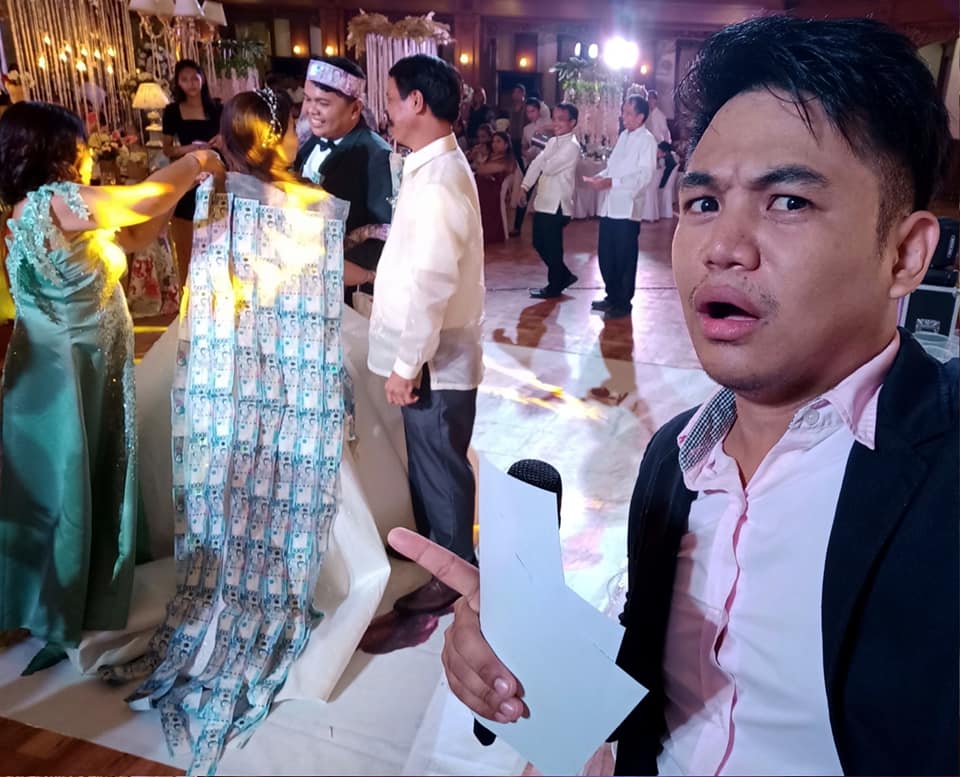 nine0023
nine0023
In verse
Making a presentation in verse is a much more difficult task. We need simple, understandable, capacious words, but without primitive rhymes like "jackdaw-stick, bride-place." Rhymed eyeliners are often replicated in large numbers, the same thing sounds on different wedding evenings.
To avoid this, you can try to compose something worthwhile on your own or seek help from a competent and experienced specialist. Also, as an option, it is always possible to modify the existing text (replace individual words, insert names). nine0023
A win-win option - poems by famous poets (Pushkin, Asadov, Rozhdestvensky) or lyrics, including modern ones. But: it is not forbidden to remake modern texts, it is preferable to read the classics only in the original.
For example:
“Dear newlyweds, there are many bright and colorful days of family life ahead of you. And today you are going on a joint voyage and the two of you will have to act in such a way that the life sea on which you are destined to sail is called the "Sea of \u200b\u200blove, joy and happiness.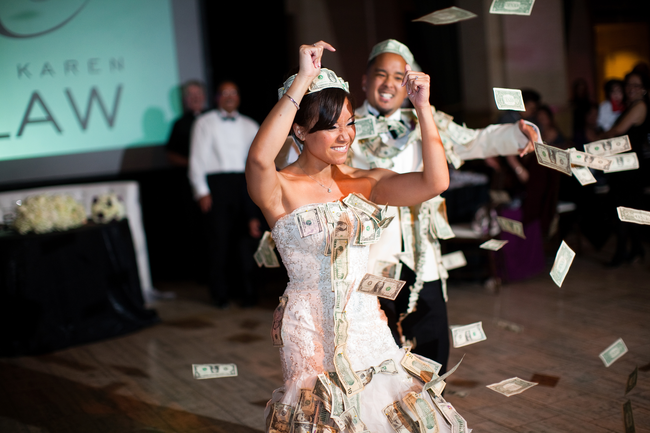 " nine0027 Embrace each other, from now on together
" nine0027 Embrace each other, from now on together
You will swim together on the Sea of Love.
So that your love is stronger every day,
Dance in the Sea of Love, we ask you to give us ".
Or:
« Love is a magical feeling that makes hearts flutter. From her eyes light up in a special way, and it seems as if wings grow. Our lovers also want to soar above the world and fly to the Clouds of Happiness on the wings of love.
So take each other's hands
And take a bolder step forward.
Let him be happy and long
Your joint flight through life.
From now on you are husband and wife,
The rings on your hands shine.
Cling to each other in the first dance,
Love takes you to the clouds” .
Sources
- https://svadba.expert/podgotovka/provedenie/tantsy/kak-obavit
- https://www.svadebniybanket.ru/jenciklopedija_svadebnogo_vedushhego_3_5.php
- https://fashion-pups.
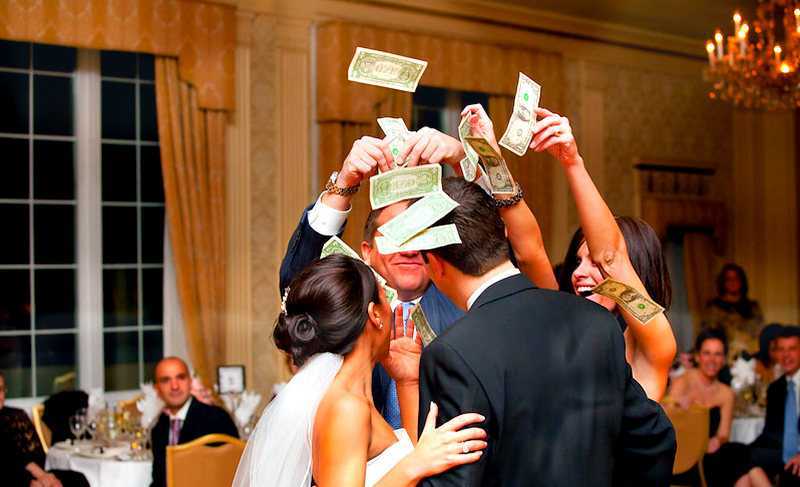
 nine0108 It is necessary to avoid clericalism and clichés: "And now our delightful newlyweds will merge in a dance" .
nine0108 It is necessary to avoid clericalism and clichés: "And now our delightful newlyweds will merge in a dance" . 
 " nine0108 Simple sincere words, addressing the newlyweds by their first names is what you need.
" nine0108 Simple sincere words, addressing the newlyweds by their first names is what you need. 

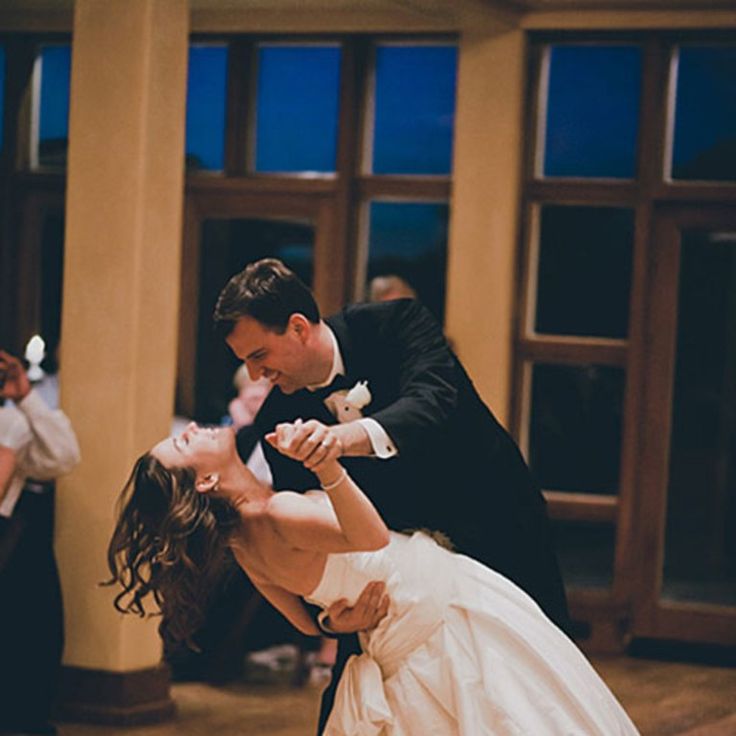
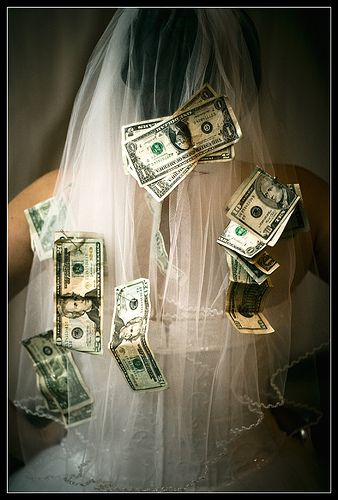 nine0108 Such a mood corresponds to the wedding theme: the guests are having fun, but the parents are sad, no, no, a tear will appear in the eyes of the bride.
nine0108 Such a mood corresponds to the wedding theme: the guests are having fun, but the parents are sad, no, no, a tear will appear in the eyes of the bride.  Beautiful words on the eve of the performance will enhance the impression, remain in the memory, so you need to try very hard to find suitable and unhackneyed phrases. Who knows, maybe it is because of this moment that the couple will watch the wedding video again and again. nine0233
Beautiful words on the eve of the performance will enhance the impression, remain in the memory, so you need to try very hard to find suitable and unhackneyed phrases. Who knows, maybe it is because of this moment that the couple will watch the wedding video again and again. nine0233  Yes, that sadly includes the dreaded "new country", pop's silliest hits, mind-boggling line dances and love ballads so sugary they could put you in a diabetic coma. nine0023
Yes, that sadly includes the dreaded "new country", pop's silliest hits, mind-boggling line dances and love ballads so sugary they could put you in a diabetic coma. nine0023 
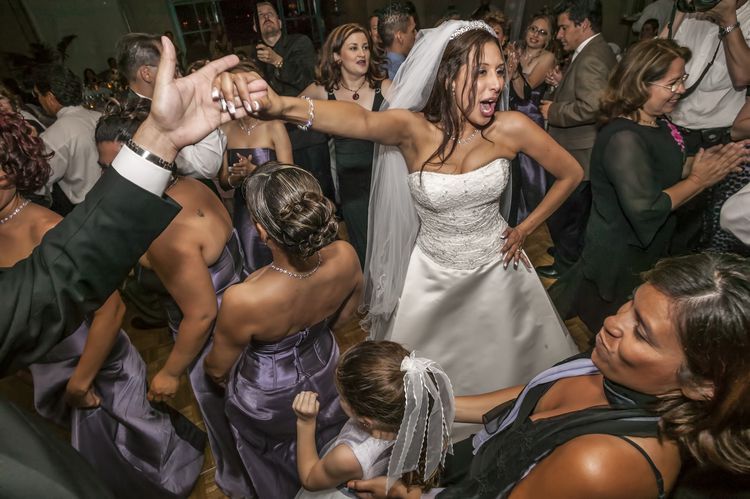 It only takes one time. Believe me.
It only takes one time. Believe me.  This is the easiest sales job in the world. nine0023
This is the easiest sales job in the world. nine0023  nine0023
nine0023  When you sign up for ballroom dancing classes, the information in this post can help you learn more about the different types of ballroom dancing. When someone refers to the "International Ballroom" dance style, for example, they are talking about 10 different dances. Below you will find a simple explanation of the ten most popular ballroom dance styles:
When you sign up for ballroom dancing classes, the information in this post can help you learn more about the different types of ballroom dancing. When someone refers to the "International Ballroom" dance style, for example, they are talking about 10 different dances. Below you will find a simple explanation of the ten most popular ballroom dance styles: 
 Whatever grabs your attention or tickles your imagination, why not give it a try?
Whatever grabs your attention or tickles your imagination, why not give it a try? 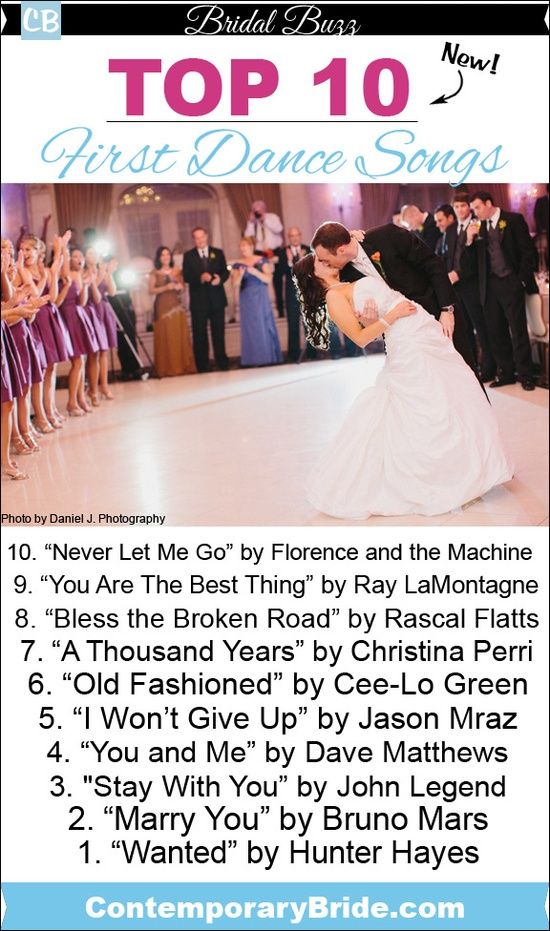 ~ Friedrich Nietzsche (1844-1900), On Reading and Writing, Thus Spoke Zarathustra: A Book for Everyone and Nobody , translated from the German by Alexander Tille, 1896
~ Friedrich Nietzsche (1844-1900), On Reading and Writing, Thus Spoke Zarathustra: A Book for Everyone and Nobody , translated from the German by Alexander Tille, 1896 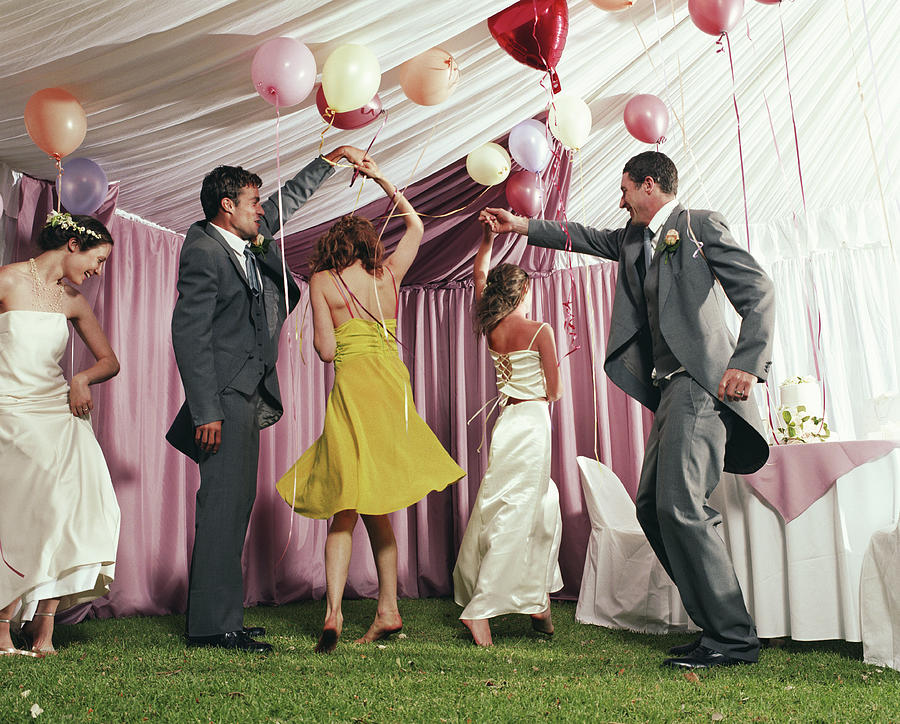 ~ Christopher Morley, Kitty Foyle
~ Christopher Morley, Kitty Foyle  ~ Author Unknown
~ Author Unknown  In some area man becomes an athlete of God. ~ Martha Graham, c.1953
In some area man becomes an athlete of God. ~ Martha Graham, c.1953  the same plane in terms of cost and in any case never conflicted. ~ Susan M. Felch and Paul J. Contino, Bakhtin and Religion: A Sense of Faith , 2001
the same plane in terms of cost and in any case never conflicted. ~ Susan M. Felch and Paul J. Contino, Bakhtin and Religion: A Sense of Faith , 2001 

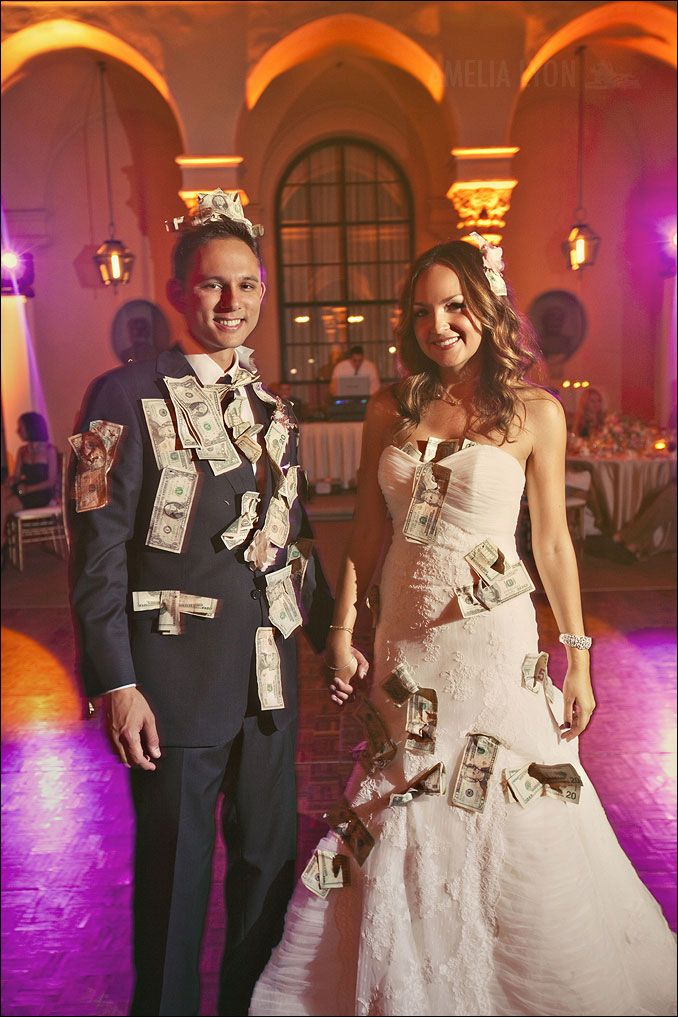 ~ Source Unknown
~ Source Unknown  initiatives is a valuable opportunity to rethink how people organize their workplaces. nine0023
initiatives is a valuable opportunity to rethink how people organize their workplaces. nine0023 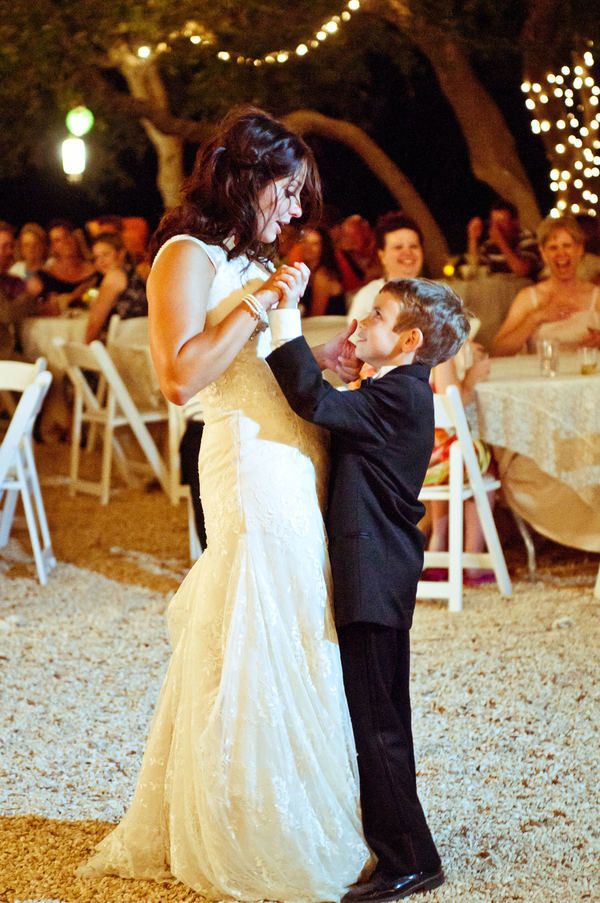 It offers important advice for line managers, executives executives, internal networkers, educators and others who struggle to bring change initiatives to fruition. nine0023 .
It offers important advice for line managers, executives executives, internal networkers, educators and others who struggle to bring change initiatives to fruition. nine0023 . 



